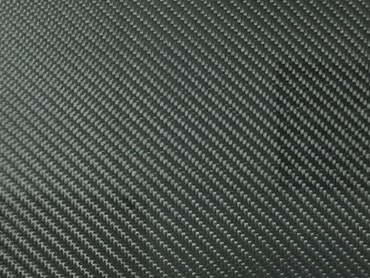Project Report For Carbon Fiber Manufacturing
Introduction
Project report for Carbon Fiber Manufacturing is as follows.
Carbon fibre is made up of a lengthy strand of carbon atoms linked together. The fibres are stiff, robust, and light, and are utilised in a variety of procedures to make high-quality construction materials.
Carbon fibre material is available in a range of “raw” building pieces, including yarns, uni-directional, weaves, braids, and a variety of others, all of which are used to make composite parts.
Project Report Sample On Carbon
Fiber Manufacturing
Get Completely Custom Bankable Project Report
Carbon fibre parts have characteristics similar to steel and have a weight similar to that of plastic. Carbon fibre parts have a substantially greater strength to weight ratio (as well as stiffness to weight ratio) than steel or plastic parts.
Carbon fibre is a very strong material. In engineering, the utility of a material is typically measured in terms of strength to weight ratio and stiffness to weight ratio, especially in structural design, where extra weight might result in higher lifespan costs or poor performance.

Carbon fibres, also known as carbon fibres, are fibres with a diameter of 5–10 micrometres and are mostly made up of carbon atoms.
Carbon fibre is widely used in aircraft, civil engineering, military, and racing, as well as other competitive sports, due to its unique qualities. However, when compared to comparable fibres such as glass or plastic fibres, they are quite pricey.
Market Potential Of Carbon Fiber Manufacturing
Expenses

Product Cost Breakup

Reveneue Vs Expenses

Market Trend

Carbon fibres are fibres with a diameter of 5–10 micrometres and are largely made up of carbon atoms. High stiffness, good tensile strength, low weight, high chemical resistance, high temperature tolerance, and minimal thermal expansion are only a few of the benefits of carbon fibres.
Carbon fibre is widely used in aircraft, civil engineering, military, and racing, as well as other competitive sports, due to its unique qualities.However, when compared to comparable fibres such as glass or plastic fibres, they are quite pricey.
The worldwide carbon fibre market is expected to develop at a CAGR of 8.6% over the forecast years, from USD 3.7 billion in 2020 to USD 8.9 billion in 2031. Between 2021 and 2031, the market is predicted to rise because of increased demand from the wind energy and aerospace and military industries.
Factory closures, on the other hand, disrupted supply chains, and lower demand from end-use industries hurt the carbon fibre industry.
Raw material, kind, form, and end-use industry are all used to segment the market. Carbon fibre is divided into two types based on the raw material: PAN-based carbon fibre and Pitch-based & Rayon-based carbon fibre.
The market is separated into three types continuous, long, and short. The market is separated into two types: composite and non-composite. The market is divided into aerospace & defence, sports & leisure, wind turbines, moulding & compounds, automotive, pressure vessels, civil engineering, marine, pultrusion misc. consumer, sailing/yacht building, and others, which includes misc. energy, oil & gas, medical, and industrial rollers, based on end-use industry.
